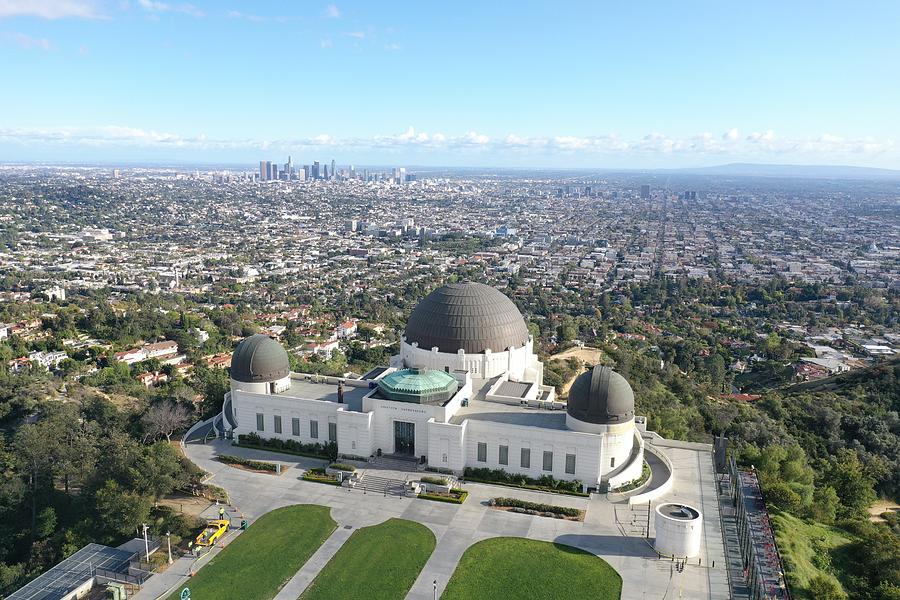

The park has had improvements made before its public opening, including the restoration of the historic observatory and a labyrinth (pictured at left) installed in 2005. Ukiah’s first Pétanque court was completed in 2010 for the game of boules, or balls, closely related to bocce by the Redwood Empire Boules Club.Ī peace pole, dedicated to Erica Enzer, an international peace activist and former member of the Ukiah War Resistor’s League is located adjacent to the Grove of Nations (trees representing each of the regions where the latitude observatories were located). Spreading before it is a large grassy field providing an unobstructed view of the iconic tree. A $54,000 grant from the California Land and Water Conservation Fund, along with matching funds from the City of Ukiah, made the improvements necessary to reopen the park.Ī large heritage Valley Oak anchors the north end of the park. The city acquired the property in 1991 but the observatory and adjoining land was closed to the public until March 2014. The research provided all data used in polar motion studies for decades, and fostered international cooperation which transcended the differences between man during times of war and international strain.

The small size of the building (12 feet square) and the esoteric character of the work that took place within speak modestly of the international importance of the landmark.

Ukiah Latitude Observatory Was Built in 1899 The data collected by the observatories over the years still has use to scientists, and has been applied to studies of polar motion, the physical properties of the Earth, climatology and satellite tracking and navigation. The various stations continued to function until advances in computer technology and satellite observations rendered them obsolete in 1982. The alignment of all six stations along the parallel helped the observatories to perform uniform data analysis.Įconomic difficulties and war caused the closings of some of the original stations, though a newer station was created in Uzbekistan after World War I. Six separate observatories were created along the parallel 39° 08′ north latitude. United States Coast and Geodetic Survey joined the International Polar Motion Service program in 1897 to study the precession, or “wobble” of the Earth’s axis, and its effect on measures of latitude. They were used to measure the variation in latitude that occurs as a result of the “wobble” of the Earth on its polar axis. The International Latitude Observatories were a system of (originally) six observatories located near the parallel of 39° 08′ north latitude.
#ONE OBSERVATORY PARK FREE#
These areas are free from light pollution from city lights and offer amazing views of planets, galaxies, and other celestial bodies. One such place is the 1,100-acre Observatory Park located in Montville, Ohio. Dark sky parks are dedicated areas with minimal access to artificial light to ensure that visitors get the best views of our wondrous celestial bodies.


 0 kommentar(er)
0 kommentar(er)
